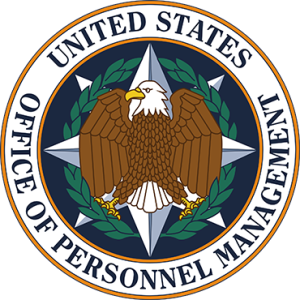Every business wants to maximize profits and efficiency. Naturally, employees sometimes feel that the best way to do that is to bypass the IT department and use their own software or services.
Shadow IT refers to technology not supported by a company’s central IT department, and as personal devices become more sophisticated and as more employees turn to the cloud for new systems, shadow IT becomes easier to implement.
Of course, there is nothing inherently wrong with shadow IT. Many view it as an inescapable reality of any company that uses technology and data storage. In fact, IT departments are often aware of shadow IT within the company and make use of it themselves.
However, the reality is that shadow IT introduces security risks because it is not introduced to the same security measures as company-sanctioned technology. Cloud-based file sharing services are common forms of shadow IT, and many workers are unaware that such IT can be dangerous.
In this day and age, it would be so easy to use a simple service like DropBox to store corporate data. But something like this could result in a major security breach.
The advantages of some cloud services are that your data always remains secure and nimble. Some cloud services build a secure network between the cloud, your carrier, and all Peak cloud nodes with a 100% SLA guarantee to keep out “noisy neighbors.” Plus, in the ever-changing business environment where new technologies are constantly affecting your business, some cloud services provide you with whatever you need in the way of technology and security to help you focus on your core business.
With a Hybrid model, services can provide management and access to both enterprise private cloud and connected Shadow IT platforms. For example organizations can continue to allow business units to leverage AWS public cloud based environments where speed-to-market and flexibility is critical. Corporate IT can then provide business units with similar levels of flexibility to deploy applications that contain customer sensitive date in a highly secure private cloud environment.
Regardless of how you store your data, having an honest assessment of your company’s shadow IT usage could go a long way towards increasing productivity and protecting your data.

